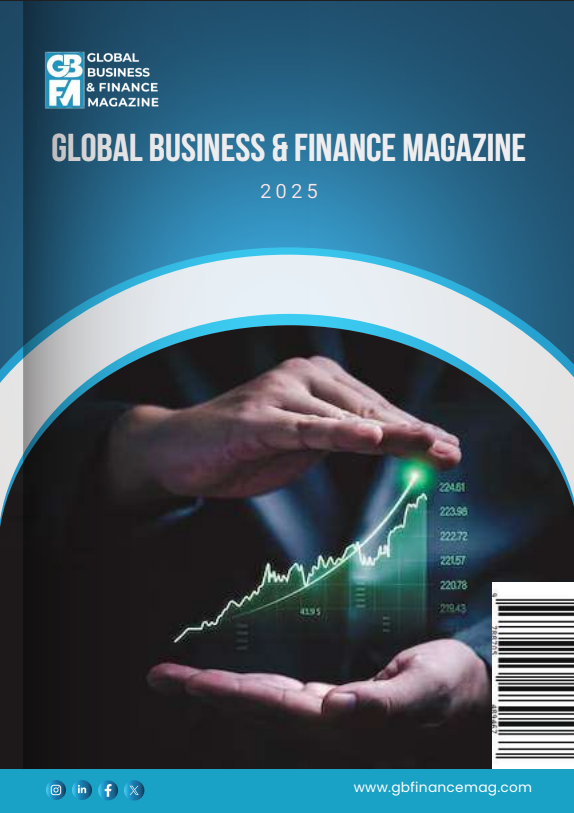Women are significantly underrepresented in entrepreneurship in all OECD countries, with implications not only for gender equality but also for aggregate productivity. This column uses Danish data covering nearly 800,000 individuals to demonstrate that early exposure to entrepreneurship increases the likelihood that women become entrepreneurs later in life. Moreover, the women who follow entrepreneurial pursuits due to early exposure create highly successful firms in terms both of size and survival. This is consistent with a misallocation of entrepreneurial talent, suggesting that entry and operational barriers prevent even women with suitable abilities from entering and succeeding in entrepreneurial professions.
Despite decades of convergence in the occupational distribution of men and women, women remain underrepresented in entrepreneurship across all OECD countries (OECD 2021). Even in countries that are otherwise praised for their level of gender equality, such as Denmark – the country we focus on here – women account for no more than 25% of all entrepreneurs. This underrepresentation is concerning from a gender equality perspective, but it may also have broader implications for economic productivity. Indeed, existing research has documented that women’s entry into traditionally male-dominated occupations has increased aggregate productivity by reducing the misallocation of talent in the economy (Hsieh et al. 2019). Given entrepreneurship’s pivotal role in job creation and growth (e.g. Decker et al. 2014), the costs of women’s untapped entrepreneurial potential could be substantial (e.g. Goldberg and Chiplunkar 2021). Yet, little is known about how to effectively increase female representation in entrepreneurship, and whether this would be associated with a better allocation of talent in the economy.
In a recent paper (Mertz et al. 2024), we seek to answer these questions in two steps. First, we estimate the effect of early exposure to entrepreneurs on the likelihood that women and men engage in entrepreneurship later in life. Second, we examine the quality of the firms created by those entering entrepreneurship due to early exposure. By also studying how early exposure shapes individuals’ educational and career trajectories, we assess whether their shift into entrepreneurship leads to a more efficient allocation of talent in the economy.
Early exposure to entrepreneurship and entrepreneurship in adulthood
Our analysis is based on Danish administrative data covering nearly 800,000 individuals, whose educational and career trajectories can be tracked from the end of compulsory schooling until age 40. We identify entrepreneurs as individuals starting or owning a business with employees, thereby excluding the self-employed. We measure exposure to entrepreneurship as the share of a student’s peers with entrepreneur parents during the last three years of compulsory schooling (ages 13–16). This is a critical juncture in the Danish education system, when students make decisions about their future educational paths. To obtain causal estimates of the effect of early exposure to entrepreneurship, we exploit within-school across-cohort variation in our exposure measure.
We show that early exposure to entrepreneurs increases girls’ entry into and tenure in entrepreneurship. In line with existing findings – that adolescents interact more frequently with same-sex peers (e.g. Rubin et al. 2015) – we show that these effects are driven entirely by girls’ exposure to entrepreneurs through the parents of their female peers. Figure 1 shows that women in cohorts at the 75th percentile of the exposure distribution (where 16.7% of their female peers had entrepreneur parents) were 4% more likely to become entrepreneurs by age 35 (Panel A) and spend 6.2% more time as entrepreneurs (Panel B, corresponding to approximately eight years) compared to women in cohorts at the 25th percentile of the distribution (where 5.3% of their female peers had entrepreneur parents). In contrast, we identify no effect of early exposure to male peers with entrepreneur parents on women’s engagement with entrepreneurship, nor do we find significant effects of early exposure to entrepreneurship on men’s likelihood of becoming entrepreneurs (see Figure 2).
The estimated effects on girls’ likelihood of pursuing entrepreneurship as a career are sizable, amounting to 6.5% of the effect of having an entrepreneur parent – a factor that strongly increases an individual’s probability of entering these professions.
Figure 1 Effect of early exposure to entrepreneurs for women
Panel A) Probability of ever being an entrepreneur by gender of peers


Panel B) Cumulative number of years as entrepreneur by gender of peers


Figure 2 Effect of early exposure to entrepreneurs for men
Panel A) Probability of ever being an entrepreneur by gender of peers


Panel B) Cumulative number of years as entrepreneur by gender of peers


Early exposure to entrepreneurship and allocative efficiency
Given the low representation of women in entrepreneurship, establishing that early exposure to entrepreneurs increases female participation is important from a gender equality perspective. However, it is not informative about whether redirecting these women into entrepreneurship is associated with a better allocation of talent in the economy.
Answering the latter question requires identifying both the educational and professional trajectories that women would have pursued absent early exposure to entrepreneurs, as well as assessing whether they ultimately become successful entrepreneurs. We find that early exposure to entrepreneurs reduces the likelihood of women discontinuing their education immediately after compulsory school, and increases their likelihood of pursuing vocational education – a school track that is highly conducive to entrepreneurship in Denmark. Furthermore, our analysis shows that additional time spent in entrepreneurship comes at the expense of years they would have otherwise spent in low-paying employment.
Assessing the quality of the firms created by women who enter entrepreneurship due to early exposure, our analysis shows that these firms are highly successful and outperform most of the firms created by incumbents in terms of size and the number of years the firms survive in the economy. Furthermore, a simple back of the envelope calculation suggests that increasing early exposure from the 25th to the 75th percentile for all women would increase the total number of jobs created by entrepreneurs by 3%.
Together, these findings suggest that early exposure to entrepreneurs is unlikely to promote female entrepreneurship by steering women away from high-impact careers. Instead, redirecting women into entrepreneurship through early exposure appears to improve the allocation of talent in the economy, thereby challenging the view that the most talented female entrepreneurs would have pursued the profession regardless of early exposure. Our results are instead consistent with women facing higher barriers both when entering and in running their firms. In this context, early exposure emerges as a pathway for unlocking entrepreneurial talent by lowering both entry and operational barriers.
Mechanisms
We provide evidence in favour of three key mechanisms. First, we show that our findings are consistent with a ‘learning’ channel, whereby early exposure to entrepreneurs leads to the acquisition of sector-specific human capital and information. More specifically, we follow the intuition of existing studies (e.g. Pistaferri et al. 2016, Bell et al. 2019) and show that women who are exposed to entrepreneurs within a particular sector are more likely to engage in entrepreneurship within that same sector later in life. Second, girls who are exposed to entrepreneurs early in life make educational choices that are more conducive to entrepreneurship, suggesting that exposure changes the aspirations and goals of women. Finally, the nature of entrepreneurship – a relatively uncommon and male-dominated pursuit – may make it less likely to feature in the ‘consideration set’ of women compared to other occupations. Early exposure to entrepreneurs may therefore increase girls’ awareness of entrepreneurship as a viable career path. In line with this, we show that exposure to less common male-dominated occupations more generally has stronger effects on women than exposure to more common male-dominated occupations. We do not find evidence in support of same-gender role models, as girls do not respond more to exposure to entrepreneurship arising from their mothers than the fathers of their peers.
Conclusions
The results presented in this column show that exposure to entrepreneurs during adolescence can foster female entrepreneurship, and that increasing female representation in entrepreneurial professions through early exposure can improve the allocation of talent in the economy, potentially leading to substantial productivity gains.
Our analysis of mechanisms shed light on why early exposure influences women’s representation and success in entrepreneurship, but not whether these effects arise via interactions with the entrepreneurial parents of peers or through interactions with the peers themselves, who may have internalised an ‘entrepreneurial mindset’ from their parents. However, the timing of our findings on girls’ educational choices indicates that the observed increase in female entrepreneurship cannot be attributed entirely to peer influence exerted later in life. This underscores the importance of exposing girls to entrepreneurs early, before they make choices that are difficult to reverse and may hinder their pathways into entrepreneurship.
Finally, the fact that women who enter entrepreneurship due to early exposure outperform both male and female incumbents challenges the notion that the most productive female entrepreneurs would have succeeded regardless of early exposure. Instead, our results suggests that women face higher barriers both when entering entrepreneurship and when operating their firms, reinforcing the importance of initiatives aimed at reducing these barriers.
Source : VOXeu





